French Open 2019: Two decades on since his Grand Slam debut, Roger Federer returns to Roland Garros
One hundred and one titles, over 1,200 tour wins, and still the search continues, desire unanchored, retirement’s call unacknowledged and unanswered. As his body flags, Federer’s genius endures, writes Tom Kershaw

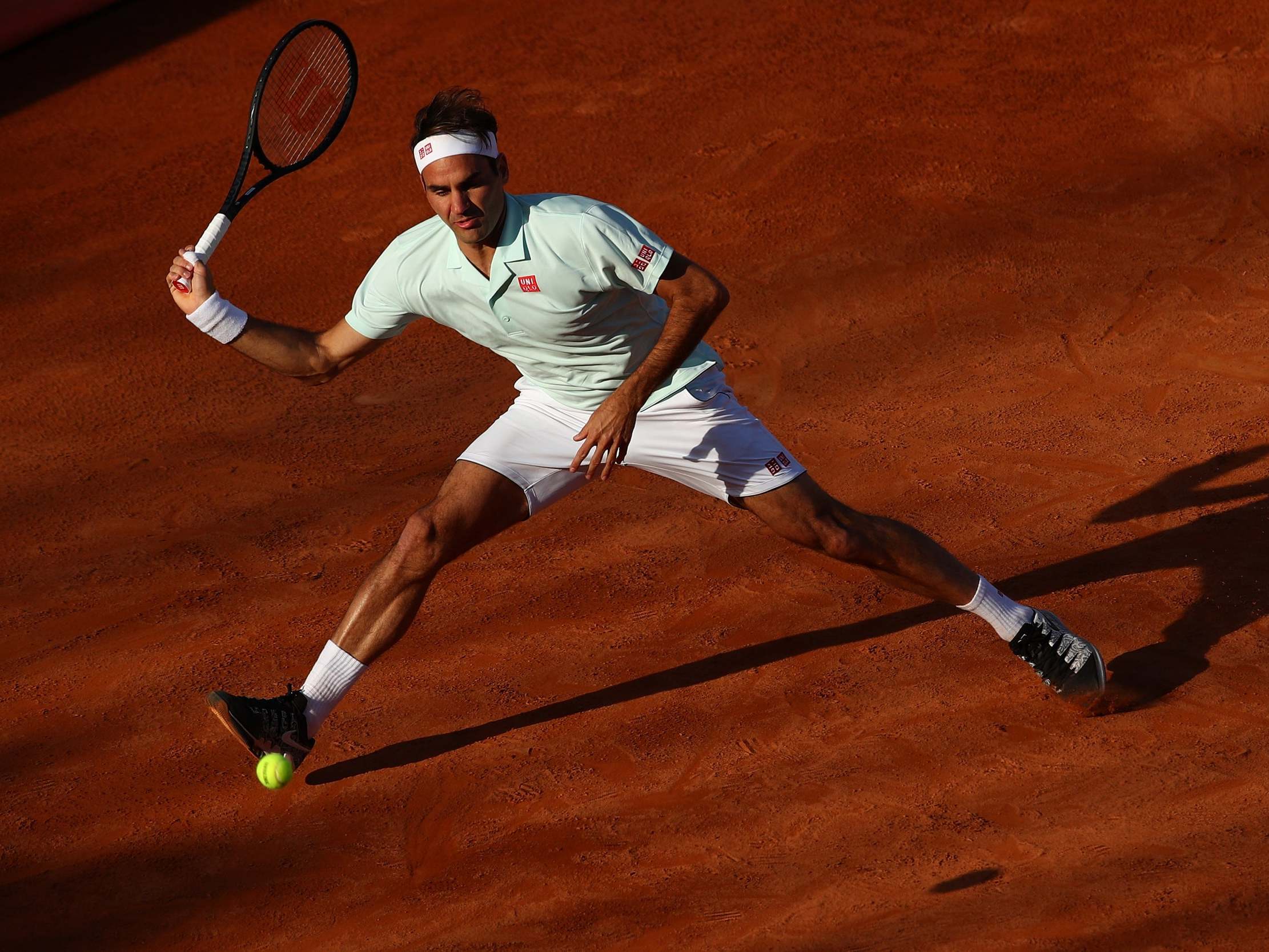
Your support helps us to tell the story
From reproductive rights to climate change to Big Tech, The Independent is on the ground when the story is developing. Whether it's investigating the financials of Elon Musk's pro-Trump PAC or producing our latest documentary, 'The A Word', which shines a light on the American women fighting for reproductive rights, we know how important it is to parse out the facts from the messaging.
At such a critical moment in US history, we need reporters on the ground. Your donation allows us to keep sending journalists to speak to both sides of the story.
The Independent is trusted by Americans across the entire political spectrum. And unlike many other quality news outlets, we choose not to lock Americans out of our reporting and analysis with paywalls. We believe quality journalism should be available to everyone, paid for by those who can afford it.
Your support makes all the difference.The crowd gathered in silent fervour at the local tennis club in the secluded Swiss village of Felsberg, mobiles unstoppably gripped in their palms as Roger Federer strode weightlessly onto the deep terracotta surface.
It had been three years since Federer played his last tournament on clay; an emptying straight-sets defeat to Dominic Thiem in the third round of the 2016 Italian Open. He ended his season early due to plaguing injuries and missed the 2017 clay season entirely after undergoing surgery on his left knee. Last year, as the run-up to Roland Garros gathered pace, Federer spent his spring partying in Ibiza with 40 friends to celebrate his wife’s birthday. As Rafael Nadal and Thiem did battle in the French Open final, he lounged back and watched from a beach club in Rome.
Before hitting a ball with his sparring partner for the week, Britain’s Dan Evans, Federer paced the court curiously without his racquet, revving into slides towards each corner. On clay, the ball fizzes and spits off the surface unpredictably, it can lurch allergically onward or sink its teeth into the sand. The same goes for Federer’s footwork, regaining his trust as he skidded on the reinforced tendons in his knee to the apprehension of his longtime fitness coach Pierre Paganini.
With that, the reintroductions were concluded, and Federer returned to his routine. The theatrical but frugal single-handed backhand, spinning the ball with the rage of a fairground teacup; the looping top-spin that kicks angrily off the baseline, deceptively fast slices that skim the net cord and jokerish drop-shots high-jumping over it; his full arsenal on exhibition for the locals gathered in awe.
Federer and Evans have only played each other twice competitively – Federer winning in straight-sets on both occasions – and as he teased the Brit back and forth across the baseline, the majesty of his technique was still blindingly obvious, if not ageless.
During this latter part of his career, Federer has adapted his game by faint margins. His body is not the same force it once was. His serve still has the same graceful fluidity, but the body doesn’t spring as lithely as it used to. The whip from shoulder through elbow to wrist does not fall with the same avalanche, even if it’s still more than capable of defying his opponents. His footwork, still faultless, allows him to cover on average around 200m less ground per game than Nadal and Djokovic.
---
Federer is five years older than Nadal and six older than Djokovic. Together the pair have wrestled with the method of tennis Federer reimagined and mainlined on beautiful, punishing precision. Nadal’s Karambit forehand, curled hair, curious tics and angry veins made him a pinnacle of sporting athleticism, the type of which tennis had never seen before. His era of dominance was spellbinding for its machismo, bullying opponents into submission in a lopsided arm wrestle. To tackle Nadal on clay in the 2008 season – the pinnacle of his 81-match undefeated streak on the surface – was to idle barefoot into the Darvaza gas crater.
His record against Federer stands at 23 wins to 15, 13-2 on clay, and 9-3 in Grand Slams. He is only three short of Federer’s all-time Grand Slam record of 20. By statistics alone, Nadal has weaponised the sport in a way Federer could not. However, that evolution has come at the cost of longevity. Ravaged tendons in his wrist, elbow, both knees and a yelping back has seen his success fire in staccato over the past five years and his sporting lifespan, despite his relative youth, seems just as fleeting and mortal in its presence as Federer’s.
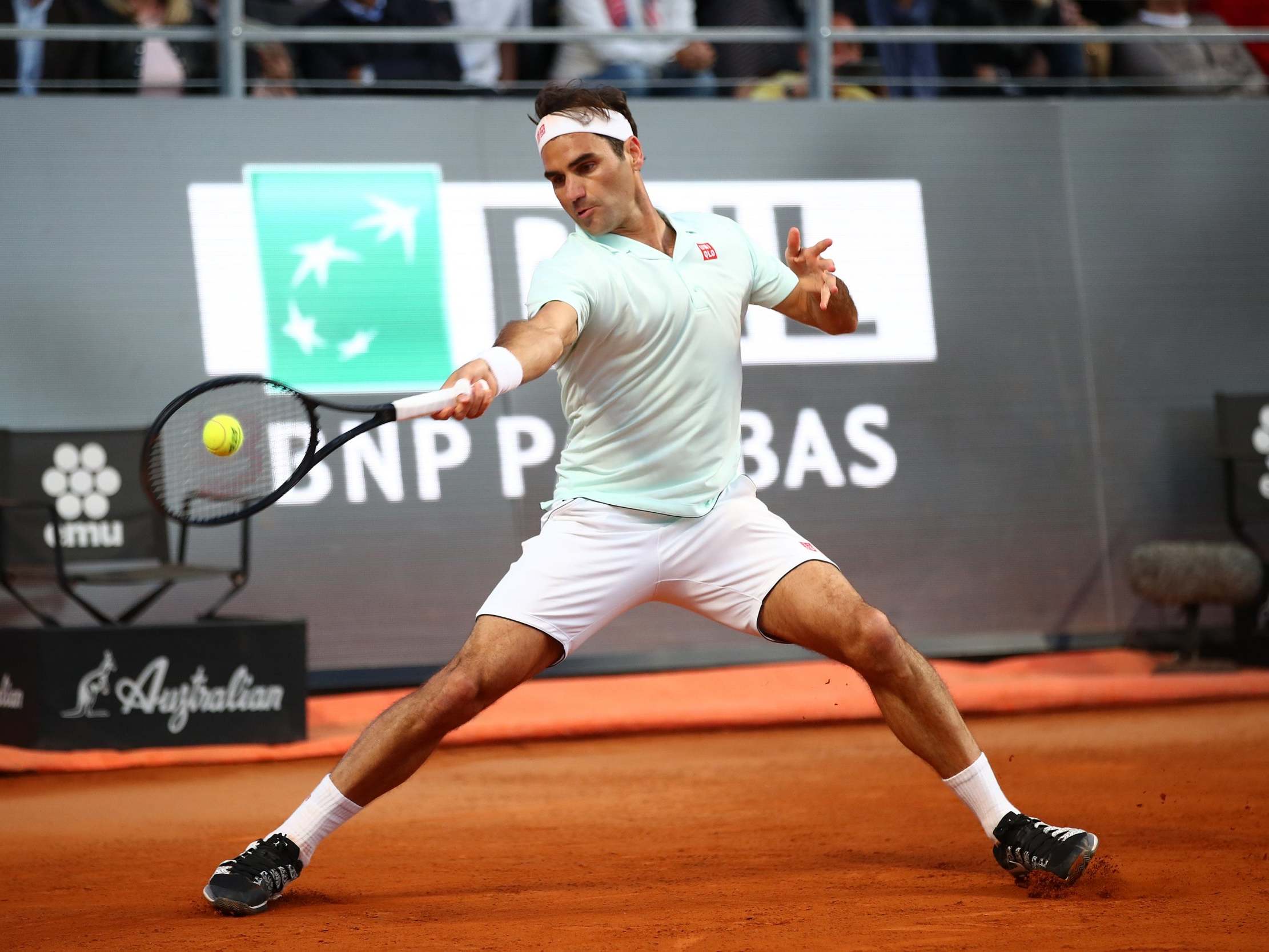
Djokovic, the angry younger brother of the trio, took the artistry of Federer’s powerful baseline hitting and twisted it into a drumming, metronome’s dream. The Serbian’s survival instincts, indefatigable consistency and hunger to chase every last ball has become more efficient that Nadal’s power or Federer’s technique. Whereas Federer glides and Nadal stomps, Djokovic pants like a bloodhound. His return of serve is the best in the sport, arguably ever; his two-handed backhand is unfailing, without frill and almost always falls within arm’s reach of the baseline. Djokovic leads Federer by 25 wins to 22. He leads Nadal 28-25 and currently holds three of the four Grand Slams.
Federer is widely acknowledged as the best player of all-time but not of the present, and age is an opponent that can only be outclassed for so long. Federer’s return to clay is not because he has discovered a youthful elixir but because of his recognition that he is on limited time. With the clock waring against him, he is having to do something completely out of character and off-kilter: he’s being forced to gamble.
---
Federer grew up playing on clay. In the districts of Bursfelden and Munchenstein on the outskirts of Basel, it’s the surface on which the child prodigy was nurtured under the greenhouse domes of local clubs. His first professional match was on clay and he almost always played on the surface as he skipped between tennis’ mini-league tours during the formative stage of his career. Yet the Federer-clay symbiosis has always been an unpredictable and, occasionally, tortured relationship.
When Federer graduated to the ATP Tour in 1998, he lost his first 11 matches on clay. His win rate on the surface remains 11 per cent lower than on grass and eight per cent lower than on hard courts. After losing to Nadal in four successive finals, Federer’s only victory to date at Roland Garros came in an anticlimactic final against Robert Soderling in 2009. “The problem was Rafa came alive, and Rafa was Rafa,” Federer said with acceptant remorse in a recent interview.
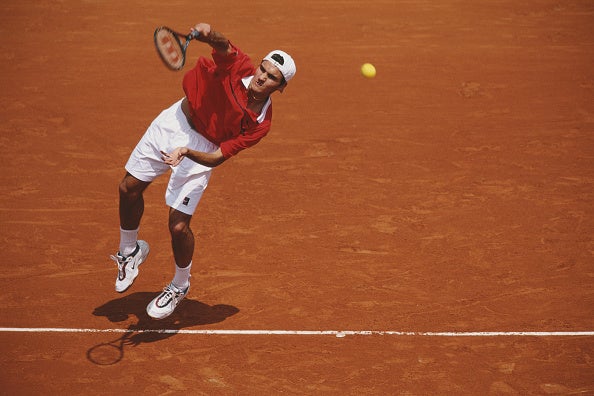
This week marks two decades since Federer first played at the French Open, a tempestuous 17-year-old wildcard entry bagelled in the third set and losing in four against then world No 3 Patrick Rafter. It is also a return to where he was written into tennis’ afterlife as a fading force four years ago after an uninspiring straight-sets defeat to Stan Wawrinka.
Those calls were wildly premature, with three Grand Slams in the last two years standing in totemic evidence, but there is no escaping that Federer enters this year’s tournament as the only player who featured in the draw in 1999. He chooses to prevaricate at any mention of retirement, but he understands better than most the inches and metres lost, the sense is now certain that we are seeing the last era. For that reason, chances of victory at Roland Garros, however unlikely, can no longer be passed by.
“Confidence, I don’t know, it’s in no-man’s land,” Federer said ahead of his return to clay at the Madrid Open. “I have to start from scratch. I’m not very confident going into this clay court season, I can tell you that. I’m taking baby steps at this point. To be honest, I didn’t play one point, not one shot on clay last year.”
---
It took just 52 minutes for Federer to swat aside Richard Gasquet in his first match at the Madrid Open, marking the end of his three-year clay court sabbatical. The Frenchman, returning from a hernia, provided little resistance and was blown away 6-2 6-3, allowing Federer to exhibit his entire armoury, even clipping a drop-shot off Gasquet’s serve – just as he had practised in Fersberg – that kicked up grains of sand like Sergio Garcia in a Saudi Arabian bunker.
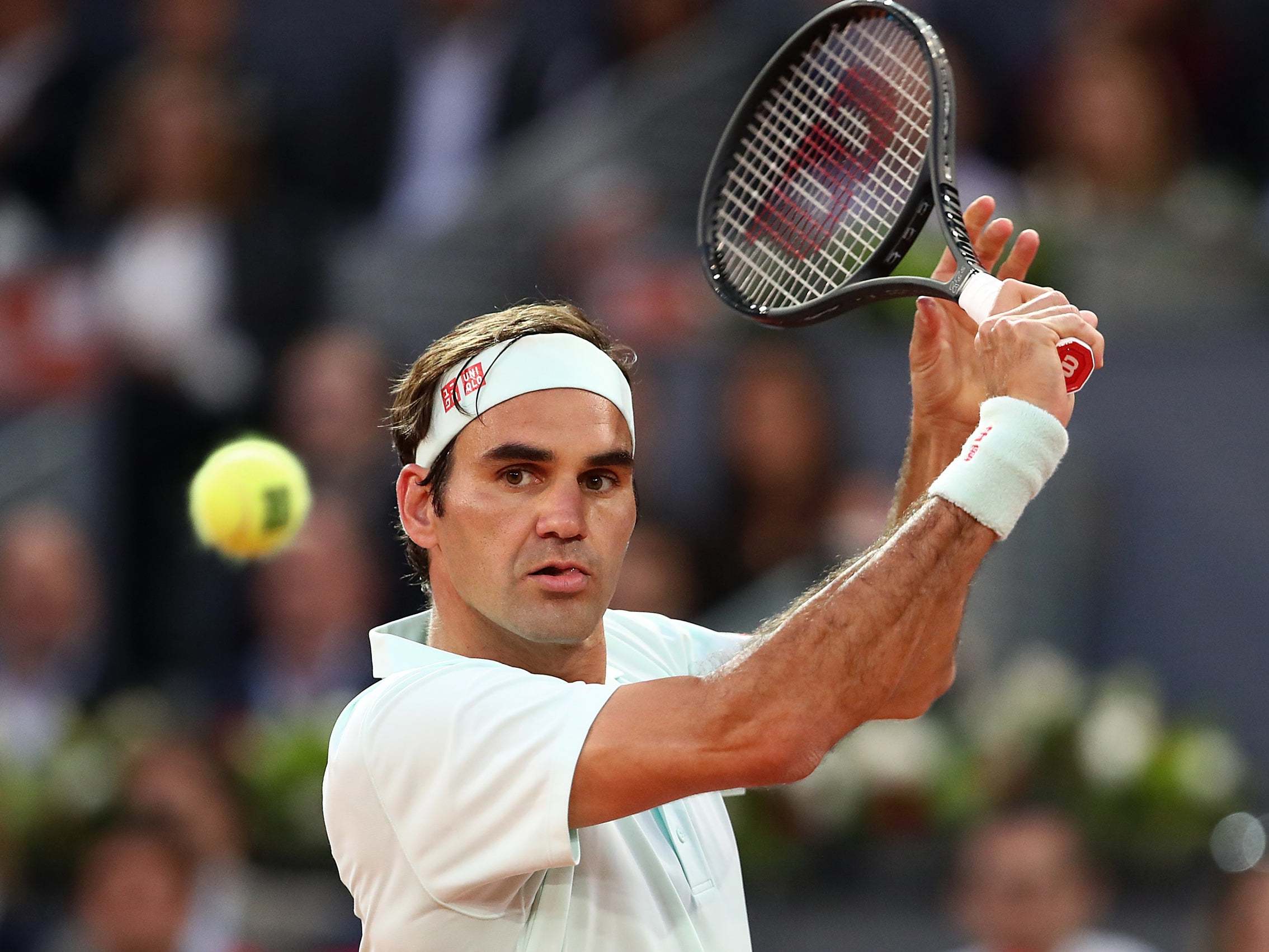
He began his following match against Gael Monfils in startling fashion, racing to a 6-0 lead in the first set but a fragility then began to re-emerge. Monfils broke Federer, claimed the second set and forced an unsightly tantrum from the Swiss in the third, bemoaning a shadow cast by the court’s partially open roof. Federer was forced to survive two match points – daringly racing in off a second serve on one in a manner only he could fashion – and barely edged a deciding tie-break to win the match. The warnings signs shone in torch. This was a three-set match against the world No 16. In the following round against Thiem, he was defiant yet weary and dispatched in three. Djokovic would go on to win the tournament without losing a set.
The loss prompted Federer to make a last-minute change to his mathematic schedule and enter the Italian Open – a tournament he had always planned to skip. There, fortune fell similar; a comfortable victory over world No 70 Joao Sousa followed by a grinding three set win over Borna Coric in which he was again forced to save two match points. Afterwards, he withdrew from the event with a sore leg in a bid to preserve his fitness for Roland Garros. Nadal would go on to defeat Djokovic in the final, winning the first set to love and the third to one.
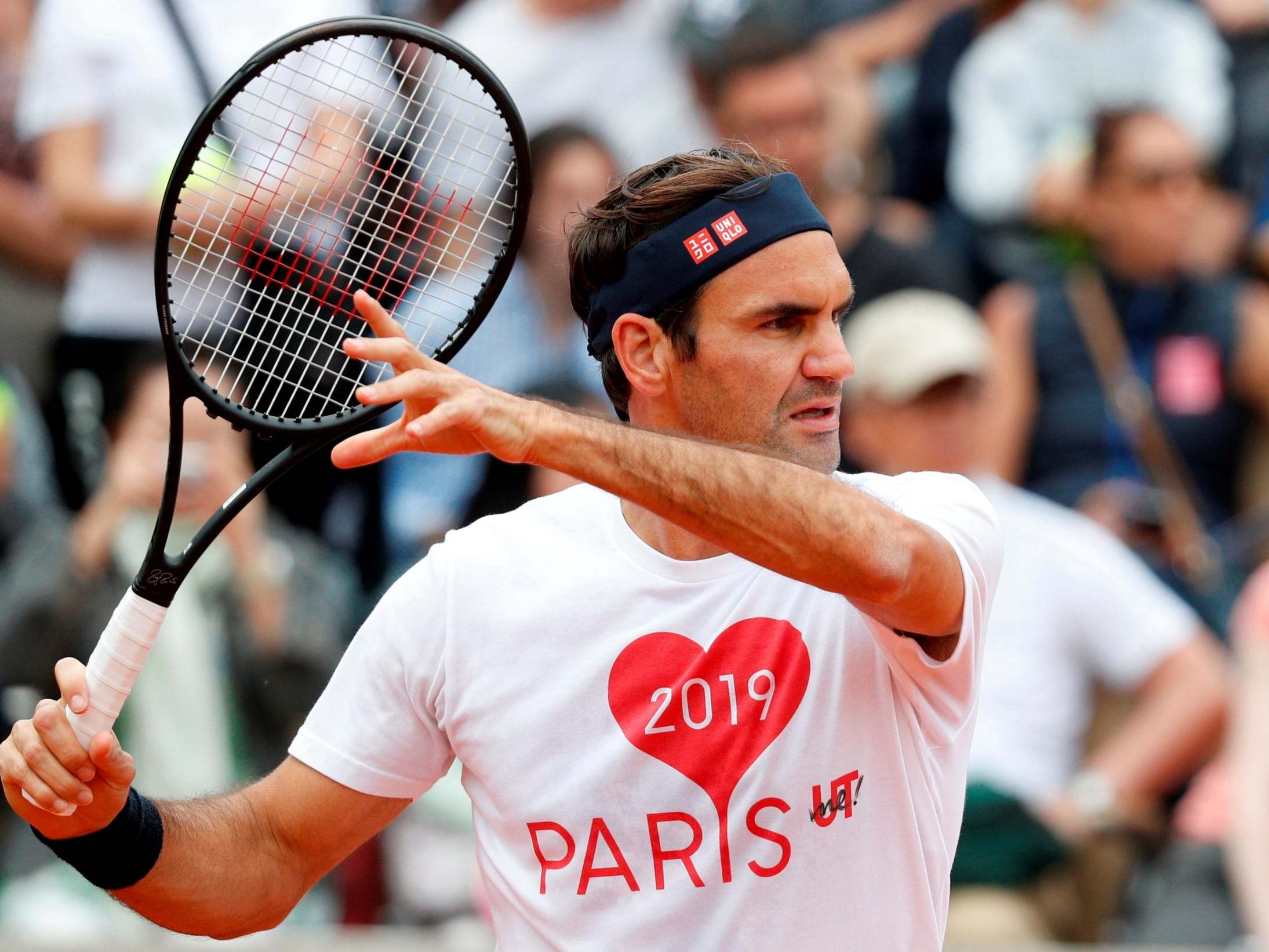
So here we are at forgotten waters. A first French Open in four years, the same place where Federer competed in his very first Grand Slam and where he was written off after defeat to Wawrinka on his last appearance in 2015. Now, it is the culmination of a comeback still thriving in hopeless chase of Djokovic and Nadal. In ranking and status, Federer enters Court Philippe-Chatrier on Sunday as No 3.
“I am not seeking or chasing a fairytale ending,” Federer said ahead of his match against Lorenzo Sonego. “A lot of people think that my career should end in a perfect way. I think that would be the wrong approach and I will only be left disappointed.”
There is little expectation upon him this fortnight. In fact, there is a pronounced and lingering vulnerability that it might not take one of his superiors to dethrone him. But it is also a testament to his carefully managed longevity and relentless addiction that he continues to stand at such a level.
One hundred and one titles, over 1,200 tour wins, and still the search continues, desire unanchored, retirement’s call unacknowledged and unanswered amongst the waves. They say the last thing a boxer loses is his punch. For Federer, it will be the unprecedented genius that allowed him to keep pace with those more powerful and precise: liquid grace, incomparable technique and innate understanding. He may no longer be the best, but his gifts continue to shoulder him at a height from which he should have long ago fallen.
Join our commenting forum
Join thought-provoking conversations, follow other Independent readers and see their replies
Comments